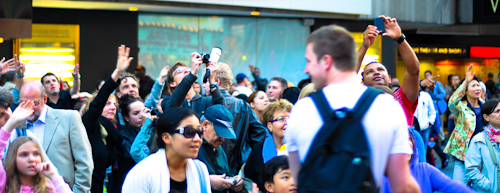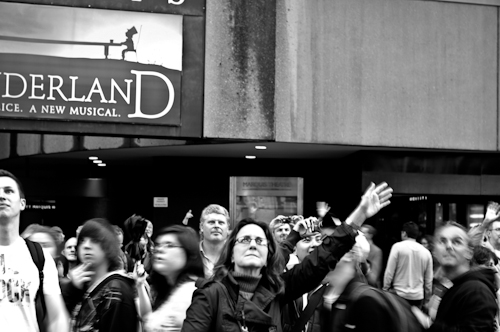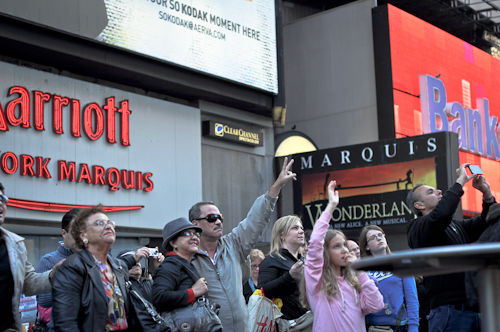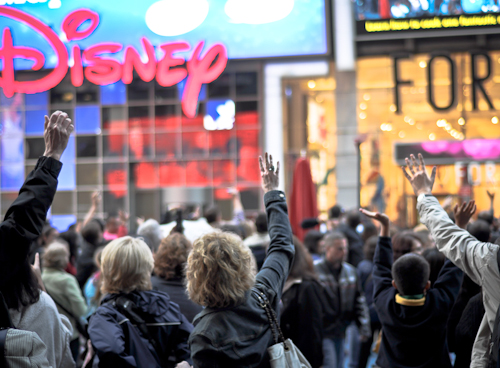I should really post a review of this coffee shop. Maybe on Yelp. I could snap a photo of the cool little setup I have going here or tweet about the funny laptop rules at this place. Or I can get meta and type a Facebook update about how I am currently blogging about all of these possibilities to document my experience. While contemplating all of this, Spotify, a music-listening service, published the song I just listened to on Facebook.
Let’s reflect briefly on how we document experience. The first examples I just gave might be called “active sharing” whereas that last example, the Spotify one, highlights how self-documentation is also increasingly passive. And I think this furthers what I call “documentary vision”: the habit of experiencing more and more of life with the awareness of its document-potential.
Much has been made of so-called “frictionless sharing,” the new Facebook feature that automatically publishes updates from partnered sites and services. Sync Facebook with Spotify or the Wall Street Journal and what you listen to or read will be passively published on the new Facebook live-ticker.
This more passive sharing furthers an already established trend: we are increasingly living life under the logic of the Facebook mechanism. Facebook and the rest of the new and social media influence us most powerfully when not logged-in and staring at some glowing screen. Instead, the biggest role social media plays in our life is phenomenological; that is, it changes how we experience the world even when logged off. The logic of Facebook has become part of the logic by which we experience our augmented reality. So much so that it has become hard to experience anything that is fully outside the realm of documentation on social media in one form or another.
I cannot help but to experience the world always aware of how it could or will be documented, recorded, posted on Facebook, Twitter, YouTube, Flickr and the whole host of social media services that (1) allow you to document your and other’s lives and (2) provide an audience for this documentation. Social media effectively combines documentation technologies with the guarantee of an audience. It provides both opportunity and motive to document ourselves online. As we live in an atmosphere increasingly capable of capturing and recording our experience, we learn to live under this assumption. We learn to view life through “documentary vision.”
I discuss in my Faux-Vintage photo essay how social media gives us “the camera eye”, forcing us to view our present as always a potential past, and perhaps Hipstamatic and Instagram demonstrate just this sort of “nostalgia for the present.” And then there is my essay comparing Facebook to the Claude Glass, an old mirror-device that allowed the user to stand facing away from the world in order to view a more “picturesque” version of it. These posts suggest two different models of documentary vision: the camera eye where we seek to capture our reality more or less truthfully, and the Claude Glass which focuses on an idealized view of ourselves and our lives. The former about capturing the fact that we exist, flaws and all, and the latter about creating perfection.
Connections for Facebook from Obscura Digital; Facebook’s influence is always there, even when offline. This video just makes it more obvious.
Documentary vision coupled with this more passive sharing further blurs the line between experiencing something and the documentation of that experience. Some wrongly think that, say, Facebook is merely the reflection of what we do offline, when, instead, an enmeshed/augmented perspective acknowledges that Facebook also influences what we do offline. Too often people fall into the conceptual fallacy of viewing the online and offline as separate spheres, what I call “digital dualism.” Instead, what this analysis suggests is that our experience, ourselves, our entire world is the product of the implosion of atoms and bits into what I call our “augmented reality.”
The line and the causality between the person and their documentation on social media has been upended, twisted over, turned inside out, blurred and imploded into a state of mutual coexistence without clear division or causal precedence. We need to begin our analysis of social media documentation with the assumption that experience and documentation are not separate, but mutually co-determining. The causality goes both ways: Life has now become as subservient to the document as the document is subservient to life.
Follow Nathan on Twitter: @nathanjurgenson






 There has been some terrific debate on my theorizing of what I call “augmented reality.” In brief, I reject “digital dualism”, the tendency to view the on and off line as separate spheres, and instead argue that we should view them as enmeshed, creating what I call “augmented reality.” [
There has been some terrific debate on my theorizing of what I call “augmented reality.” In brief, I reject “digital dualism”, the tendency to view the on and off line as separate spheres, and instead argue that we should view them as enmeshed, creating what I call “augmented reality.” [






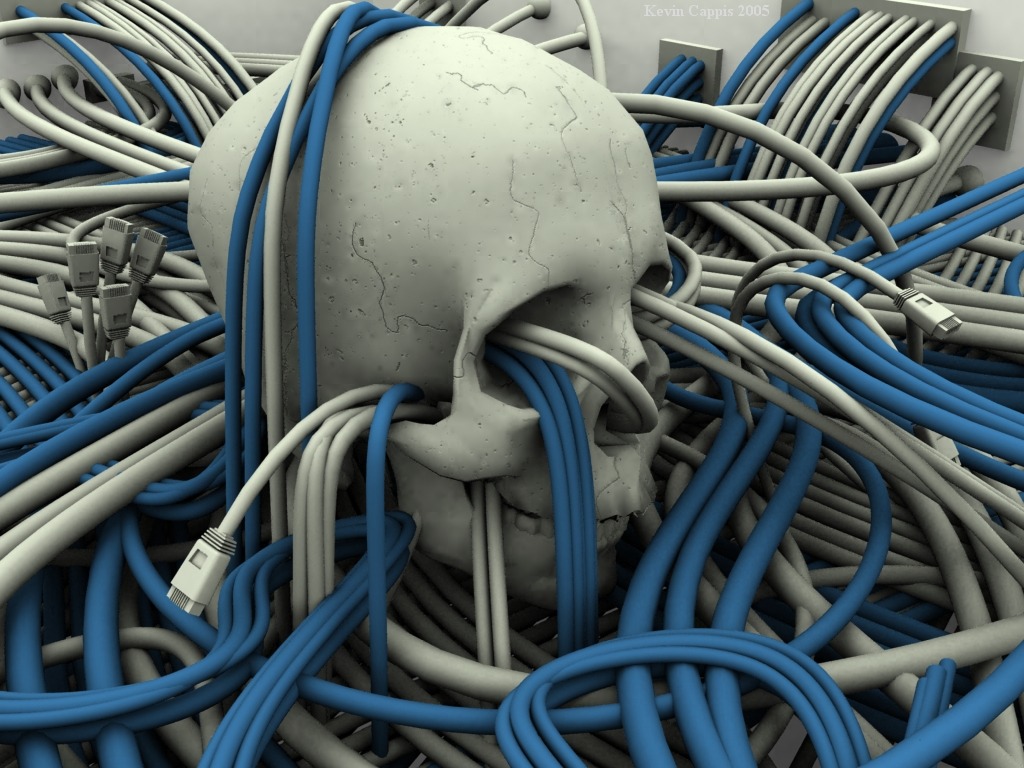
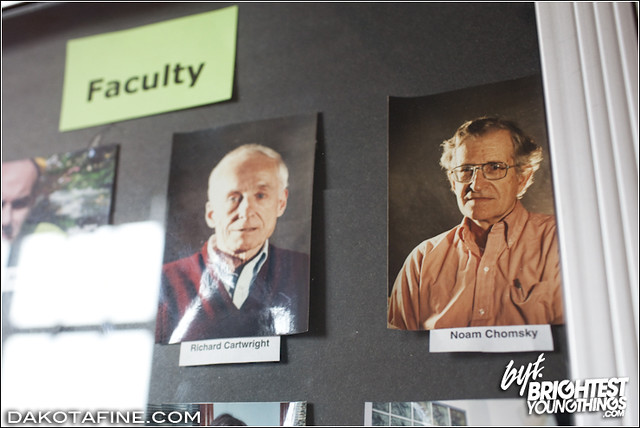










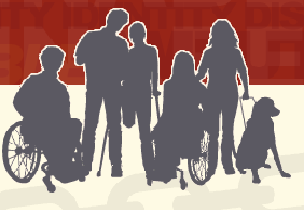



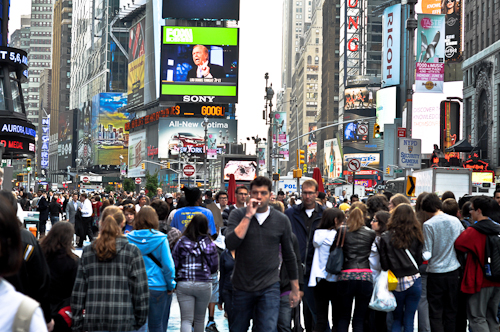 Times Square, that glittering spectacle of cabs, people, and lights in Manhattan got its name when the New York Times moved its offices there on New Year’s Eve, 1905 (first celebrated with fireworks, and soon after by dropping the famous ball). Advertising here began as painted wooden signs but quickly became one of the first areas to illuminate billboards with electronic lights. The economic boom, fueled by the stock market downtown, through the 1920’s (think: F. Scott Fitzgerald) centered Times Square as the capitol of decadence as well as high-profile corruption. Times Square saw the emergence of the dynamic scrolling “ticker” (i.e., “the zipper” installed in 1928); made with electronic lights, this was the first signage that could produce dynamic, changing content from moment to moment; an astonishing innovation for its time.
Times Square, that glittering spectacle of cabs, people, and lights in Manhattan got its name when the New York Times moved its offices there on New Year’s Eve, 1905 (first celebrated with fireworks, and soon after by dropping the famous ball). Advertising here began as painted wooden signs but quickly became one of the first areas to illuminate billboards with electronic lights. The economic boom, fueled by the stock market downtown, through the 1920’s (think: F. Scott Fitzgerald) centered Times Square as the capitol of decadence as well as high-profile corruption. Times Square saw the emergence of the dynamic scrolling “ticker” (i.e., “the zipper” installed in 1928); made with electronic lights, this was the first signage that could produce dynamic, changing content from moment to moment; an astonishing innovation for its time.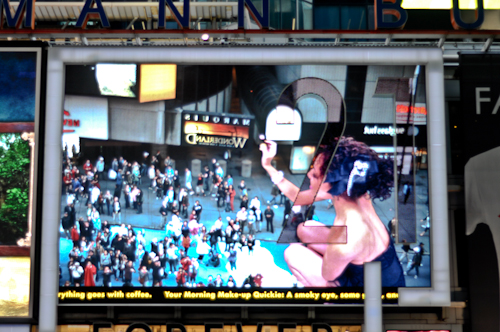

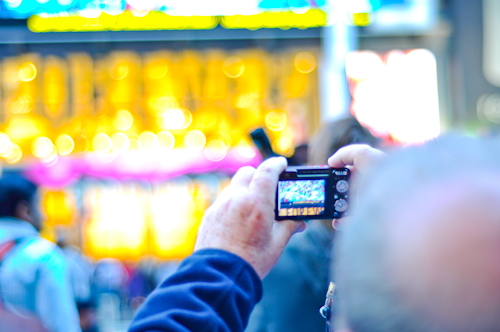
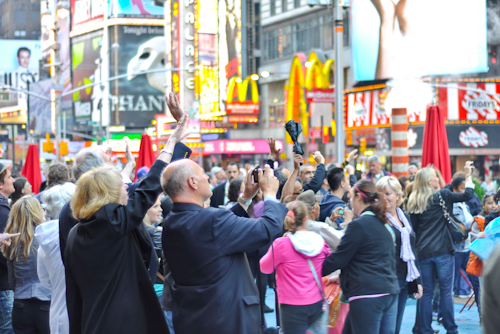
 It used to be said that “having your name in lights”and to be displayed larger-than-life in Times Square demonstrated that you “made it”; that you are a star.
It used to be said that “having your name in lights”and to be displayed larger-than-life in Times Square demonstrated that you “made it”; that you are a star.